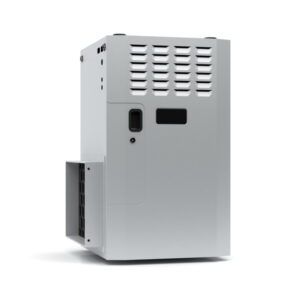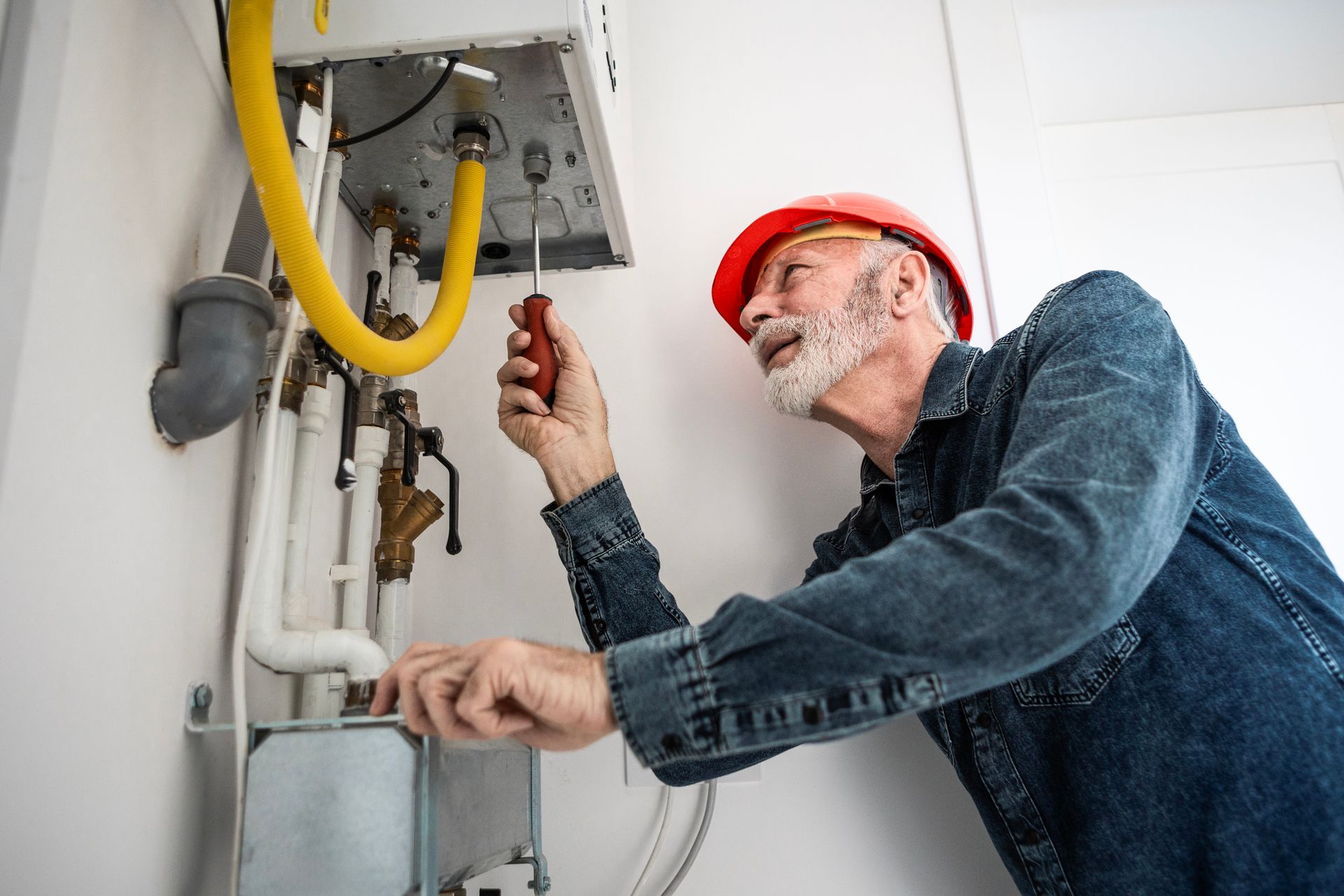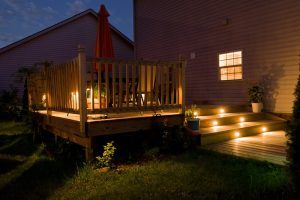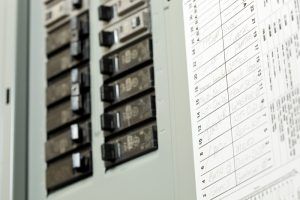Understanding Upflow and Downflow Furnaces

There are so many things to take into consideration when you’re purchasing a new furnace. What size do you need to keep your whole home cozy? What fuel will it use and is there anything you have to do to get that fuel, such as having your home connected to natural gas lines? How efficient is it and how much will it cost to run? One thing that you should definitely decide early in the furnace-shopping process is whether to get an upflow or downflow furnace.
What are the differences? What would be the reasons for choosing one over the other? Here is a primer for you so you can determine which makes the most sense for your home.
How Upflow Furnaces Work
What is meant by “flow” is the direction the air passes through the furnace. In an upflow furnace, air is drawn in from the bottom. When the air is heated, it comes out through the top and flows upward into the ductwork. The vents in the home are typically situated on the floors or low on the walls, allowing the heat to rise through the rooms.
How Downflow Furnaces Work
In a downflow furnace, the blower pulls air from above the furnace and it’s forced down to the combustion chamber. Once heated, the air goes down into the system of ductwork and is directed to vents that are often on the ceilings or upper portions of the walls of the home.
Considerations for Your Home
Upflow furnaces are almost always installed in basements, and downflow furnaces are usually installed in attics, though it’s possible to place them in the living space. If your home doesn’t have a basement, a downflow furnace in your attic is probably the easier, less-expensive choice.
If your home’s attic space doesn’t have a floor and is simply crossbeams and insulation, a floor will need to be installed in order for a downflow furnace to be an option. Even if there is a floor in your attic, the weight of a furnace is a great deal more than that of typical attic contents like boxes of holiday decorations. This means that the attic floor may need to be reinforced.
If your home already has vents placed in the floor or low on the walls, it may be more effective to stick with an upflow furnace, and to choose a downflow furnace if your home has vents placed in the ceiling or high up on the walls.
Considerations about Climate
Generally speaking, downflow furnaces are better suited to climates with short heating seasons and extremely hot summers. The reverse is true for upflow furnaces: they’re generally better for climates where temperatures often don’t rise above freezing for months. In our climate, where neither the summers nor the winters are very extreme, either could be a reasonable choice.
The Best Way to Choose
Consulting a professional to discuss your home and your heating needs is the only way to be certain exactly what all your options are. When you need more information about upflow vs downflow furnaces in Spokane, WA, our team will be happy to talk over all the details with you.
ACI Northwest is here to help with your home comfort needs or concerns. Please do not hesitate to contact us for helpful advice. Contact us today.









